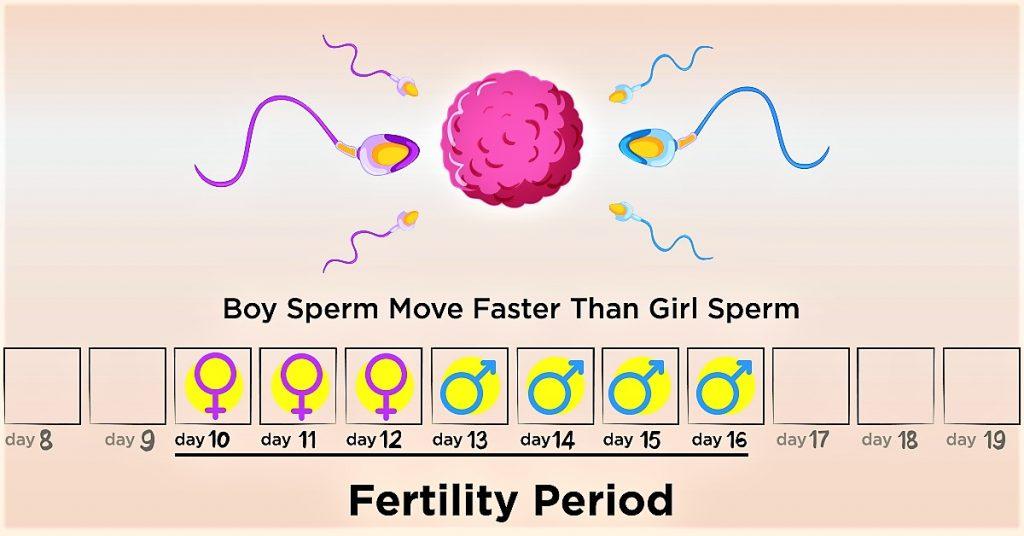

There are chances for you to get pregnant five days after your period. Can You Get Pregnant Five Days After Your Period? The sperm can live three to five days, and when you have intercourse during the end of your period, you are likely to conceive with early ovulation. For instance, if your cycle is 21 days, you will be ovulating earlier. It means there is no egg available for fertilization.īut if you have a shorter menstrual cycle, then it could be possible. Having intercourse during the period might not result in pregnancy because ovulation will occur several days later. The probability of getting pregnant during your period is low, but it cannot be completely ruled out. You can combine this with the symptoms of ovulation to know if you are ovulating. The calculators can give you an idea about your likely ovulation time.

Also, the results may not be right if you are not sure about your last menstrual period, or with irregular cycles. Ovulation calculators are only based on averages, and therefore cannot be considered to be accurate. But for this, you need to check your temperature every day for a few months to understand the fluctuations.įertility monitors track both estrogen and LH hormones and help identify all the six days of the fertile window. The thermometer readings are accurate if they are taken from the vagina or rectum. Use a digital thermometer to check your basal body temperature as it tends to rise just before you ovulate, and continues to remain high until your next menstrual cycle begins. During ovulation, the discharge is more than usual. Ovulation predictor kits, available in drug stores, track ovulation by detecting LH in the urine.Ĭervical mucus, a substance on your cervix, changes in quantity at various stages of your cycle. There are other less-accurate ways you can use at home ( 5). The most accurate way to track ovulation is to take a hormonal blood test or ultrasonography. Tracking Ovulation If You Have Irregular Periods It will help you know the most fertile days, ovulation date and fertility calendar for 6 consecutive months. The momjunction ovulation calculator gives you the tentative dates of your fertility window when you type in your LMP (last menstrual period) and average cycle length.
There is no foolproof method to predict the fertility window and ovulation day, as it is unique to each woman. Track Your Ovulation Using MomJunction's Ovulation Calculator A better way to track your ovulation is through a calculator. Not every woman will have these symptoms. Pain or mild cramping in the lower abdomen (referred to as mittelschmerz)Ī slight increase in basal body temperature However, you may identify these symptoms only if you track the pattern for consecutive months. You will experience some subtle changes in your body. It usually occurs around 10 to 12 hours after the LH levels reach the peak ( 3). Ovulation is triggered by the surge in luteinizing hormone (LH). This hormone stimulates the ovary to produce follicles where each follicle houses one immature egg. The process starts when the body releases follicle-stimulating hormone (FSH) around the 6th to 14th day of the menstrual cycle. Ovulation lasts for 12 to 24 hours, the time when the egg is available for fertilization. Having intercourse around this time keeps you at the highest probability of getting pregnant since the sperm waits for the egg in the fallopian tube ( 2). It is counted from five days before ovulation because sperm can survive in the woman’s body for three to five days. These are five days before ovulation, and the ovulation day itself. In an average 28-day cycle, there are six days (referred to as fertile window) when you have the highest chances of getting pregnant. You are most fertile three days before ovulation, and on the ovulation day itself. You can either use a calculator or look for signs and symptoms of ovulation. Tracking your menstrual cycle for at least three months will help you identify the ovulation day. However, this varies from woman to woman because not everyone has a 28-day cycle. Ovulation is likely to happen on the 14th day if you have a typical 28-day menstrual cycle ( 1). Ovulation is the most fertile stage of a menstrual cycle and is therefore essential for you to know about the ovulation days to conceive or avoid pregnancy. If it is left unfertilized, the egg, along with the uterine lining, is shed during the menstrual period. If it is fertilized, it travels to the uterus and implants itself to develop into a pregnancy. The egg moves into the fallopian tube and waits for the sperm to fertilize it. Ovulation is the process wherein the ovary releases a mature egg during every menstrual cycle.


 0 kommentar(er)
0 kommentar(er)
